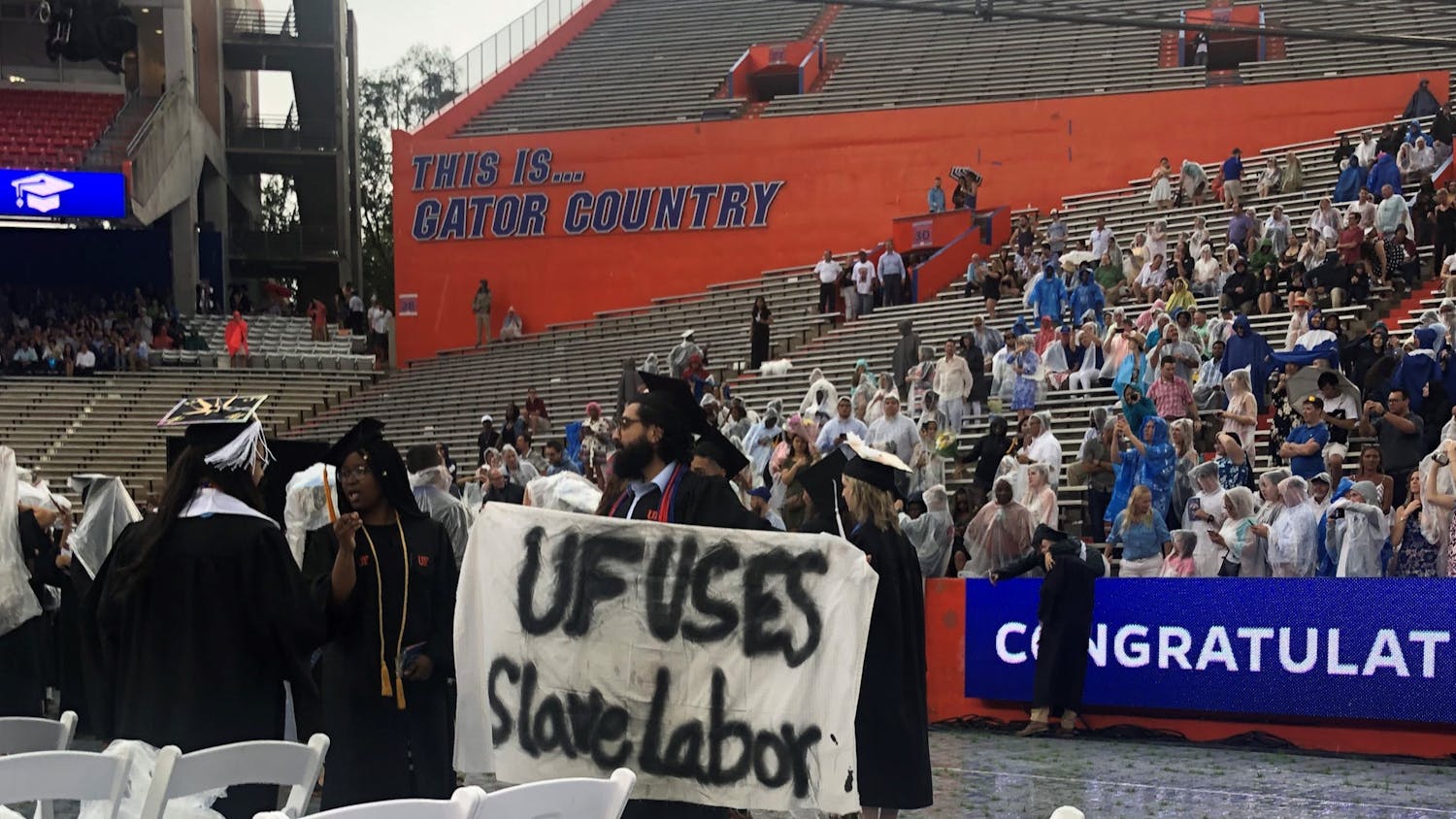I was eating lunch last week and heard, “It weighs 8 grams.” My eardrum sent a text to the memory library, forcing an intern to check Catalog Random. The intern hunted the shelves, returning to the master librarian red-faced and wheezing. “Weight is 8 grams times 9.8 m/s2,” the intern gasped, “but how do we explain?” To illuminate complex ideas, I look to a computer science concept called abstraction.
It turns out I can use abstraction principles in essay writing, daily conversations and even job interviews. Fellow career fair participants should be afraid.
Freshman year, when I took an introductory object-oriented programming course, I couldn’t understand why my professor spent hours jabbering on about fancy words. I wanted to hurry up and make money. Silly me.
The game plays like this: First, a programmer designs an interface — labeled buttons for a user to press to talk with the computer program. If I’m creating an interface for a car object, I’d better give it the capability to drive, park and break. Otherwise it wouldn’t be a very useful way to get to Lake Wauburg.
Next, I could tell the computer what driving, parking and stopping mean, but I’m going to hold back. There’s a lot of messy calculus involved. Instead, I want to describe the car — I’m going to give it an engine. I switched out of the College of Engineering sophomore year, so I’m going to assume somebody else figures out how it functions.
Whew. I work out the kinks in my wrists and stare happily at the 20 lines of code in my text editor.
The opposite approach is to spit out jargon. I start by telling the computer about the car’s turning radius, top speed and the battery the electric engine runs on. This gets ugly fast — I spend hours on one feature and have trouble connecting concepts.
By abstracting away what driving is, I can tell the car to drive, and although it won’t do anything because I haven’t yet defined the verb “to drive,” I’ve made my code organized and easy to understand.
A programmer can focus on the abstract top layer, filling in details slowly and describing the inside of the electric engine after time has passed.
This is eerily similar to the style advocated by science writer George Johnson. In “A Field Guide for Science Writers,” an advice anthology for communicators on the science beat, Johnson points out, “Most people look at a whole TV as one big black box that takes signals from the air and magically turns them into sound and pictures. Any device, no matter how complex, can be understood on many different levels of abstraction.”
Getting back to weight, I’d begin with a high-level explanation. We can see it, so this object must be made of some material. This material is made up of Lego pieces called atoms.
The unit of measurement called the gram is a standard way of capturing the total mass of these atoms — the amount they resist being moved. It is intrinsic to a solid object and never disappears, while weight depends on its location.
If the speaker were sick of rehashing Physics I, I’d stop here.
If they were curious, I’d motivate the problem with examples. On the moon, the gravitational acceleration near the surface — the amount speed and its direction change over time — is about 1.6 m/s2, so according to my calculator, the object would weigh 8 times 1.6, which is .003 pounds. While on Earth, where the gravitational acceleration is much higher, it weighs .018 pounds — 16 times more.
Selling myself becomes easier with abstraction. Answering questions like “What’s your major?” from students, “What do you study?” from friends and family and “What do you do?” from interviewers at the career fair is always annoying. I have no clue what my grandmother thinks I do for a living.
This week leading up to UF’s Career Showcase, students should practice pitching their research, jobs and studies at the mountain-level view, artfully revealing forests and rivers until the recipient starts squirming. If a recruiter doesn’t have the specialized background, they’ll appreciate the stop signs.
Andrew Silver is a UF mathematics junior. His column appears on Wednesdays.
[A version of this story ran on page 7 on 1/28/2015 under the headline “Abstraction: Explaining science over coffee"]





